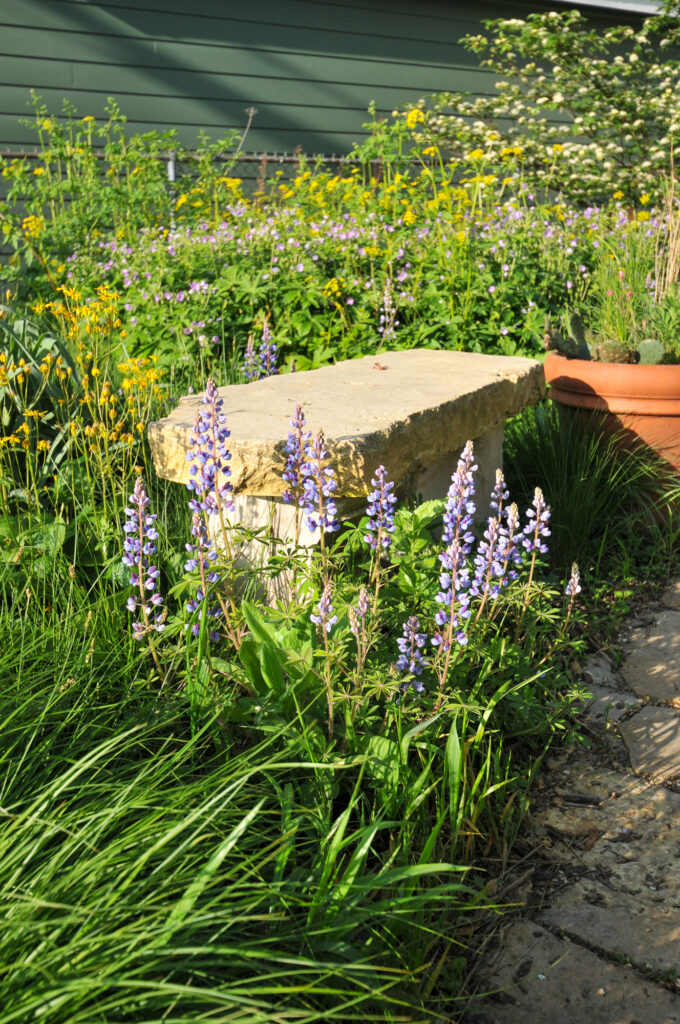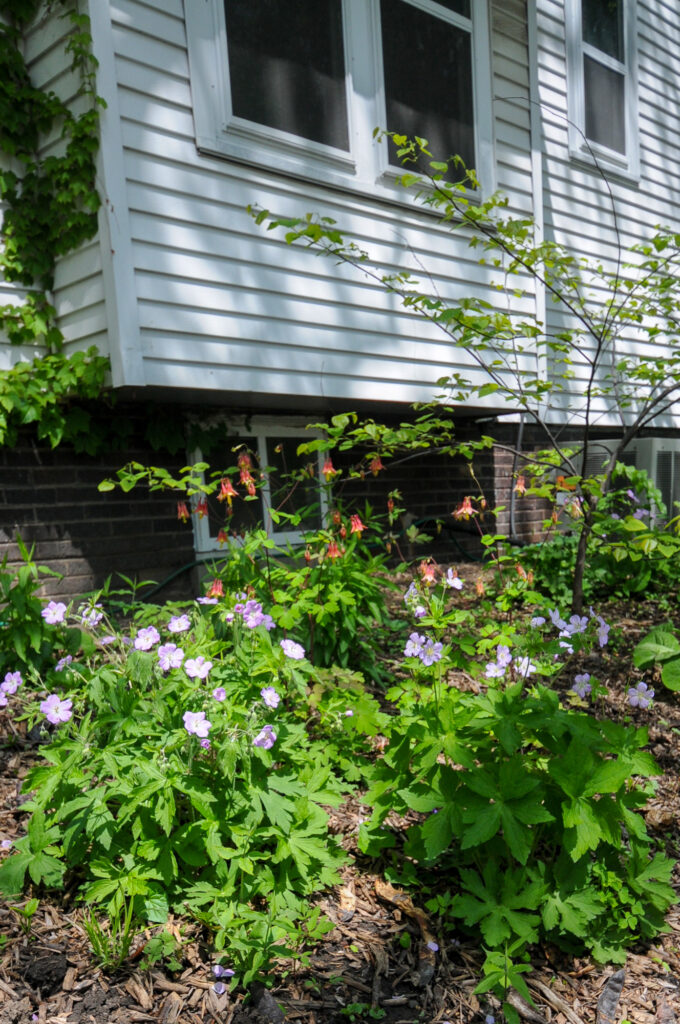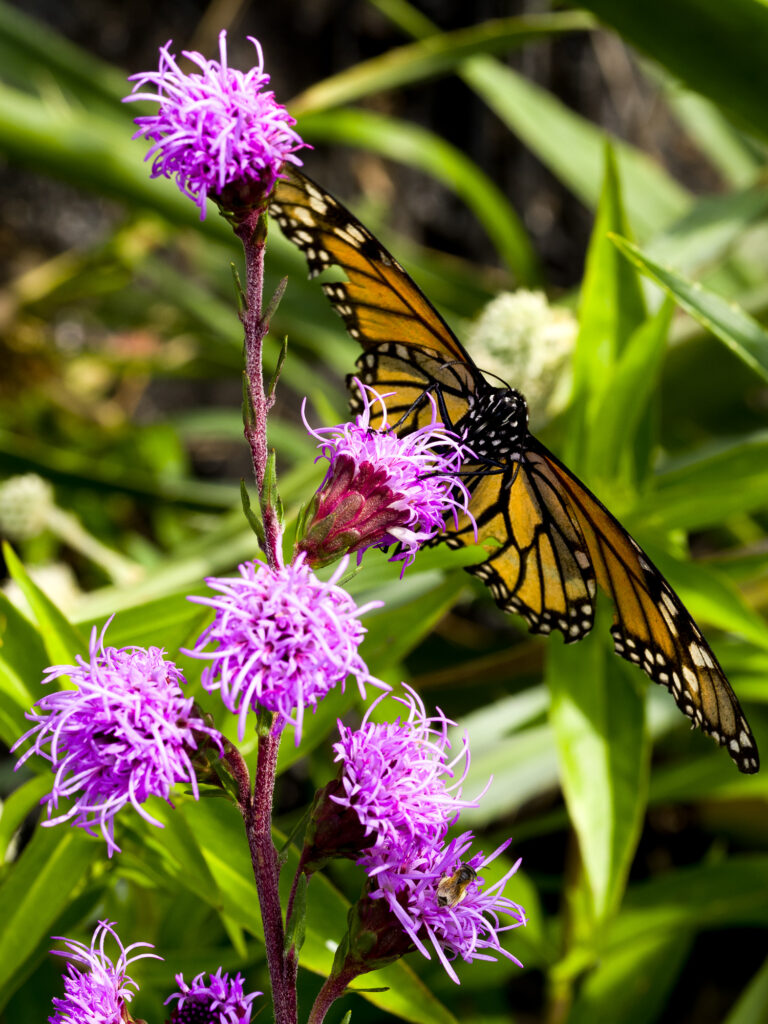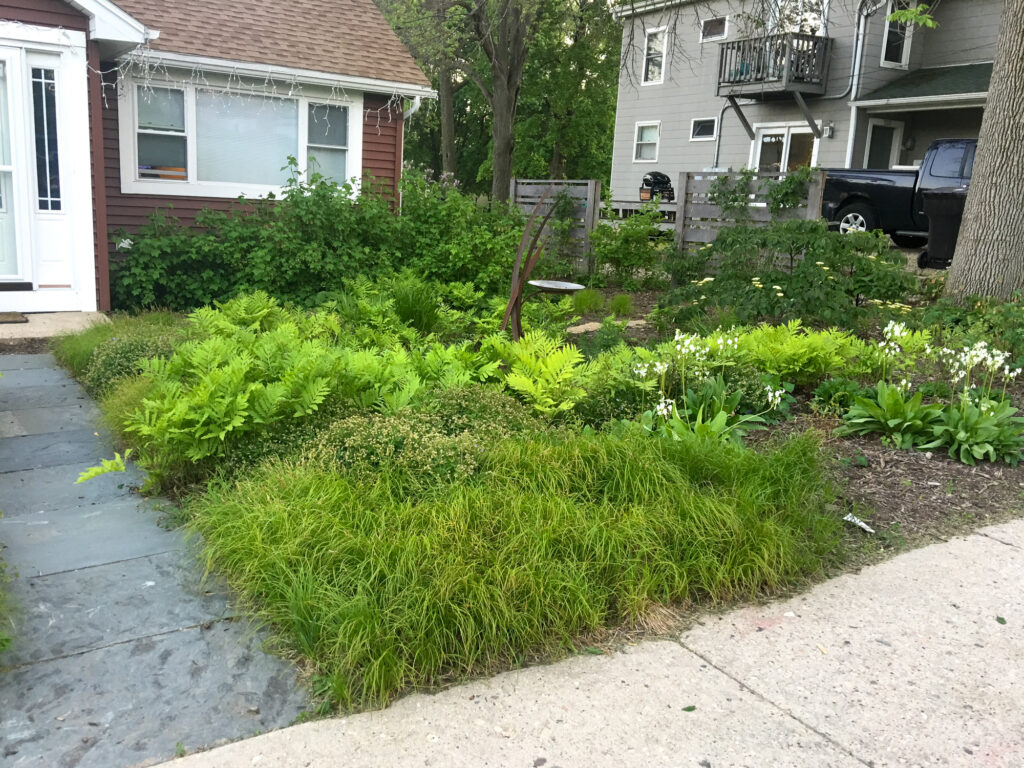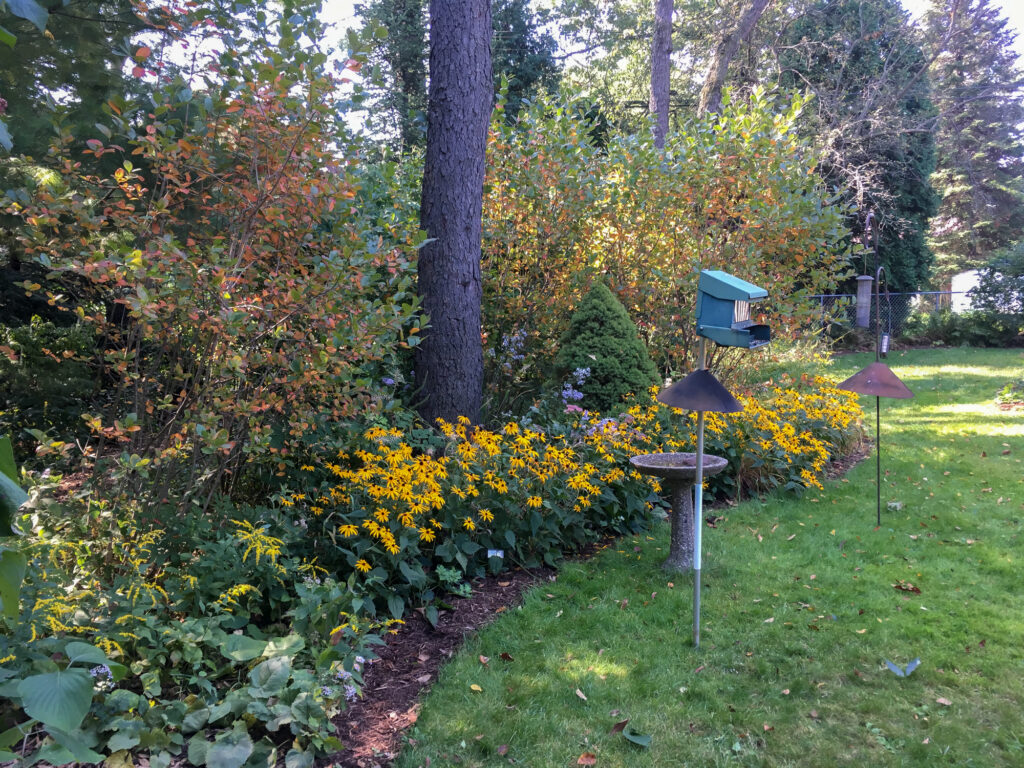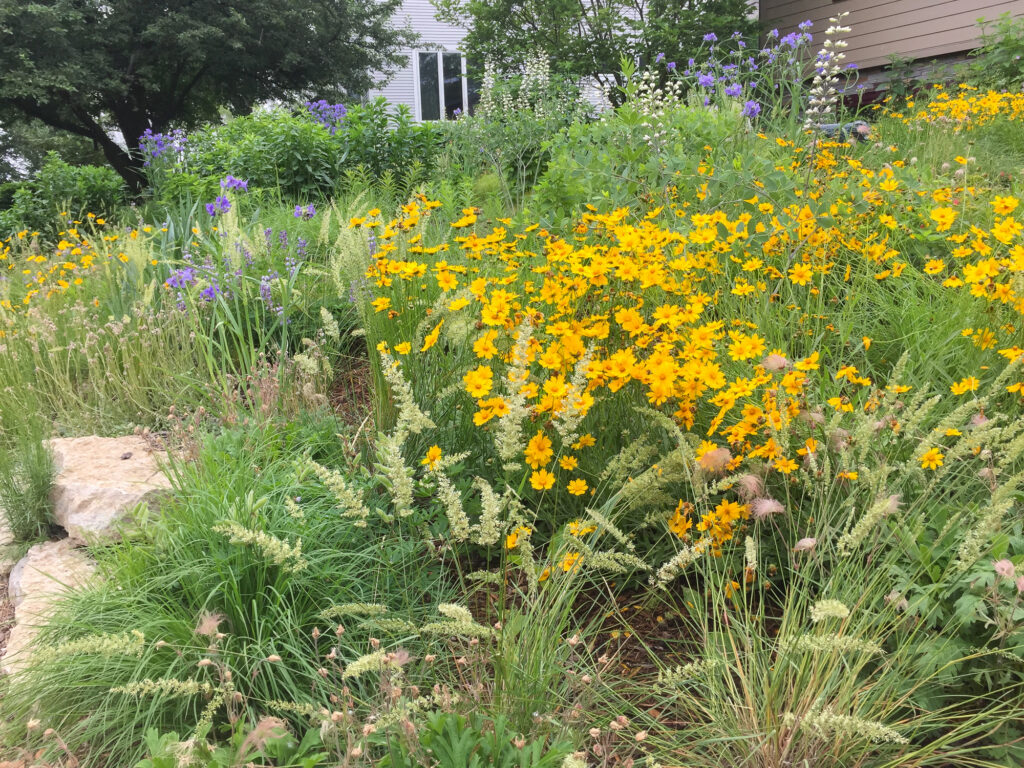Sustainable landscaping with native plants.
Gardening for Pollinators
Wild bees and butterflies, including the imperiled monarch butterfly and endangered rusty-patch bumblebee, need native plants for survival, because they are adapted to utilize these plants over thousands of years of co-evolution. Monarch caterpillars feed on only milkweed. Bees get the most resources in the form of nectar and pollen from native wildflowers. I always consider pollinator value when choosing plants for native plantings.
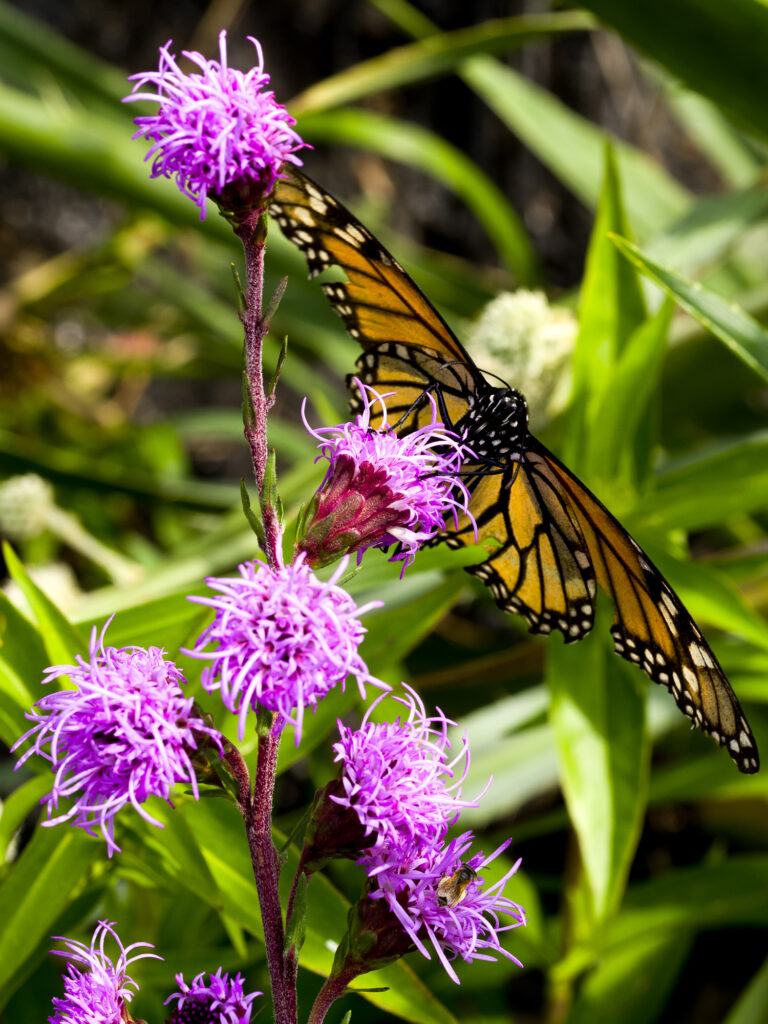

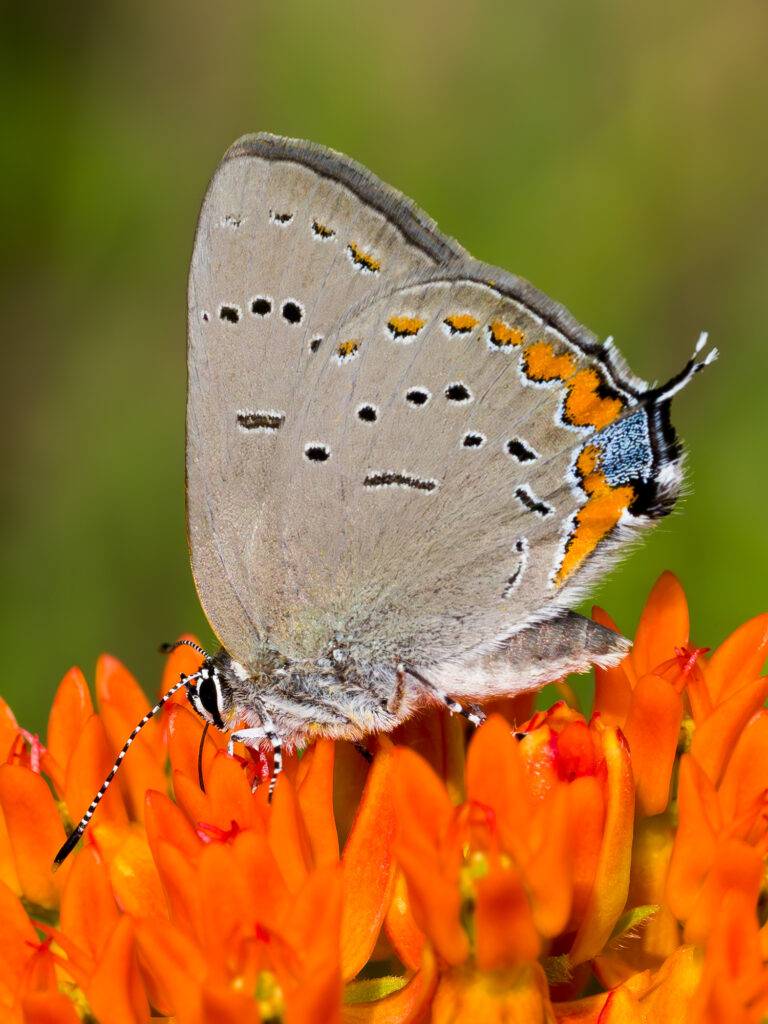
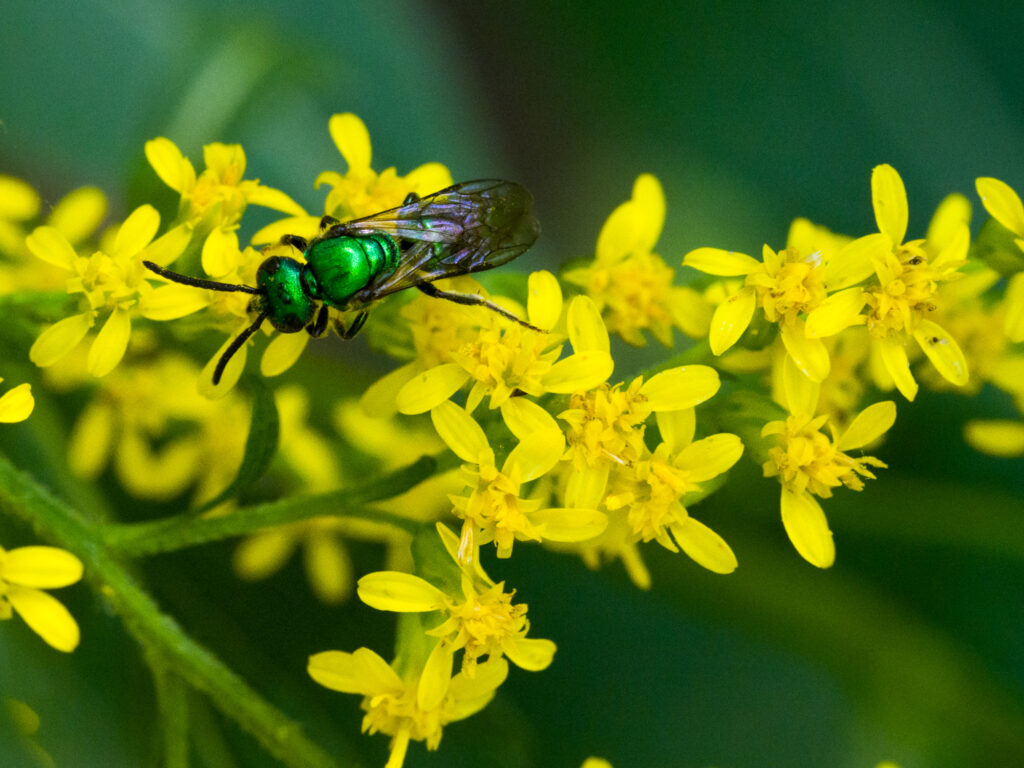
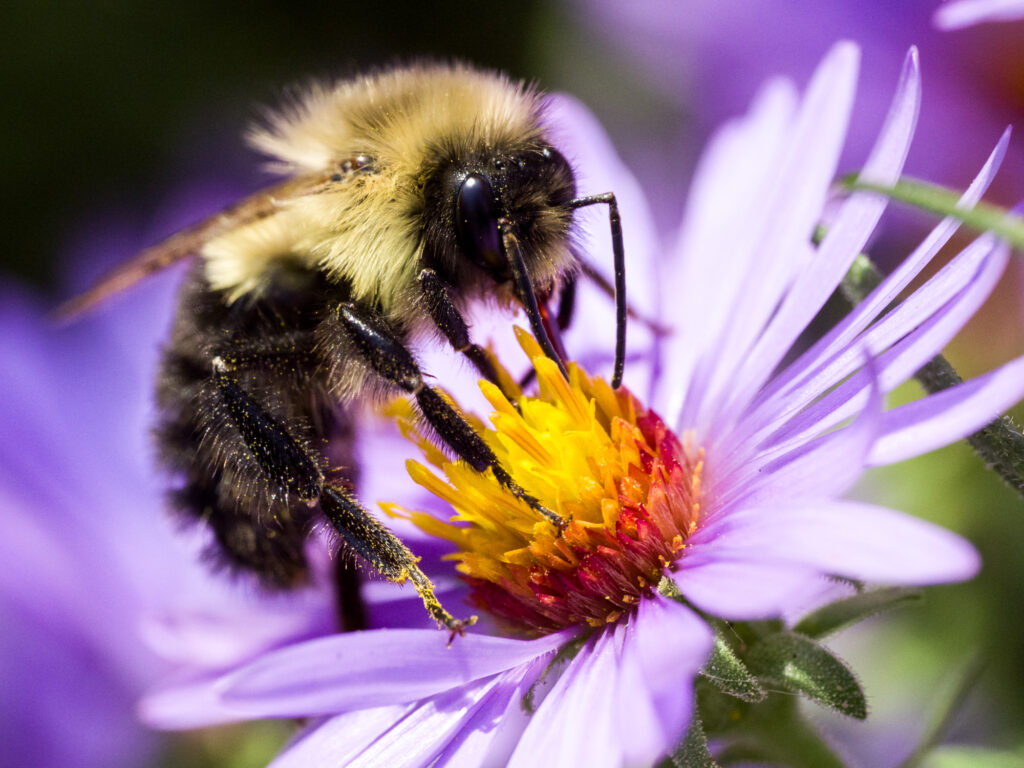
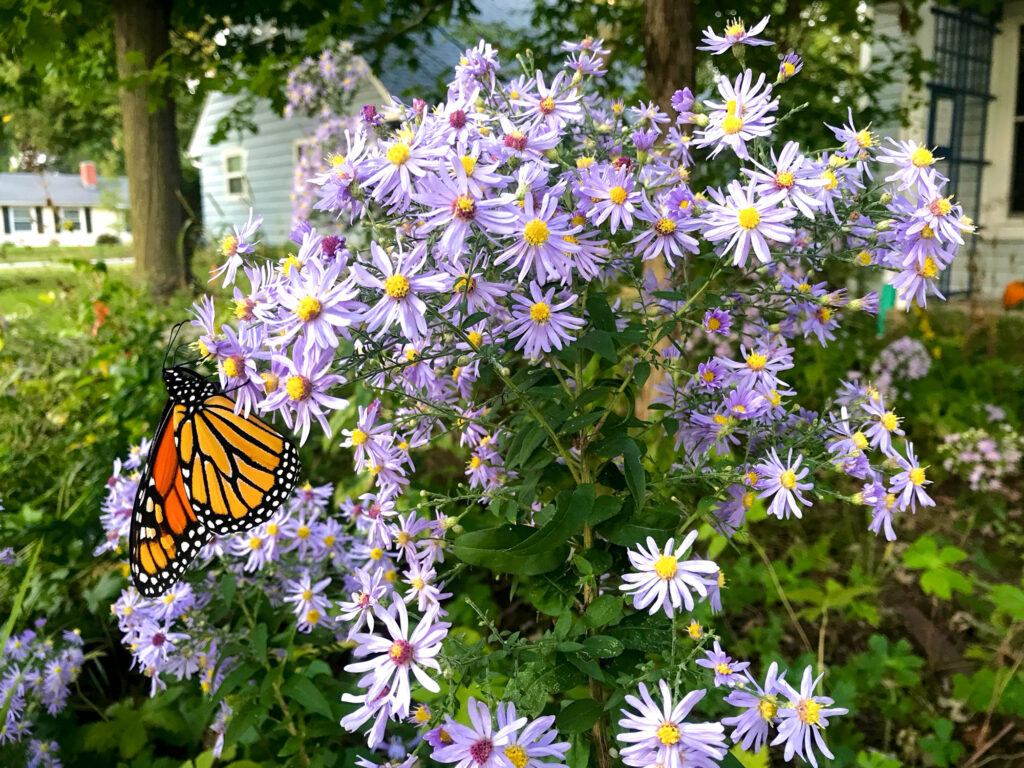
Gardening for Birds
Native plants provide more food for a wider variety of browsing insects. For example our native oaks are keystone species that host more than 900 species of caterpillars and other insects! These insects are the perfect food for songbirds to feed to their growing young. The fruit of these plants, whether they be seeds, nuts, or berries are important food for birds leading up to migration and through the winter for our year-round resident birds. We can make your property the best home for birds.
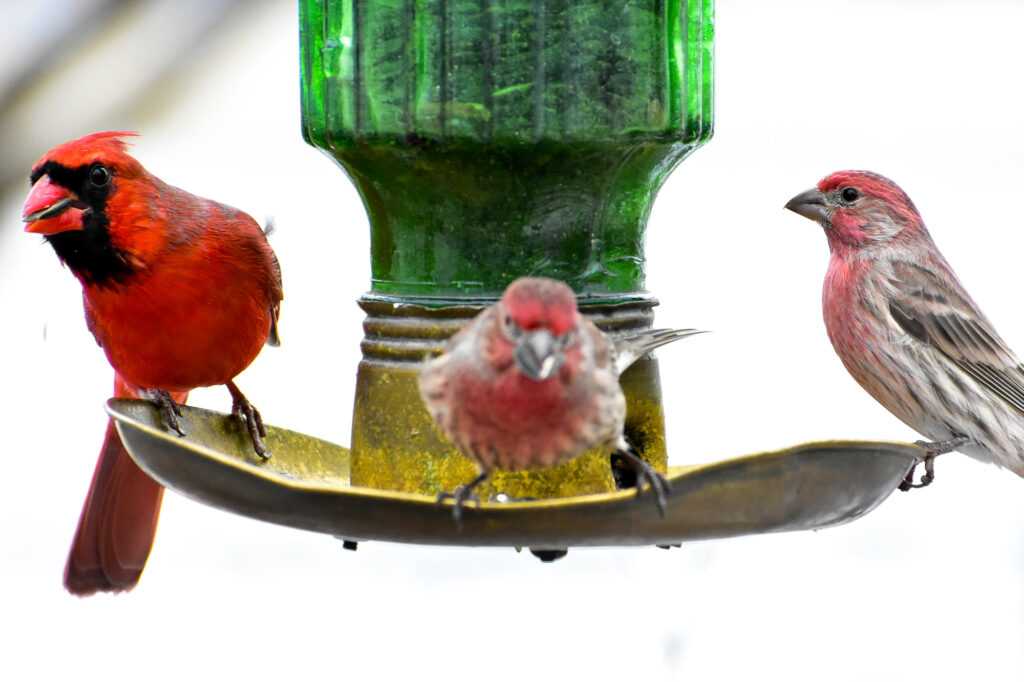
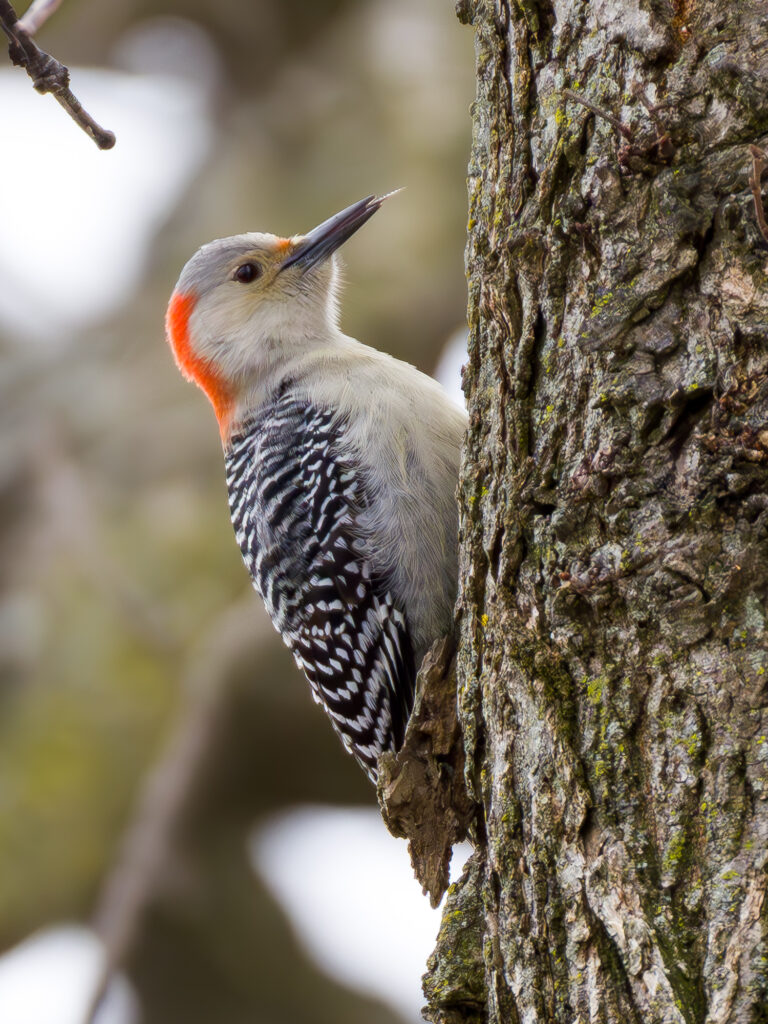
Rain Water Management
Good rainwater management starts by observing how water flows across a property. Is runoff causing erosion? Is there a positive grade around the house that pushes water away from your foundation? I’ll address these issues as part of your landscape plan.
Rain gardens are a popular feature which helps keep both our lakes and streams clean. They capture water that would otherwise become warm, and dirty runoff, and allow it to infiltrate into the earth where it instead recharges our groundwater stores.
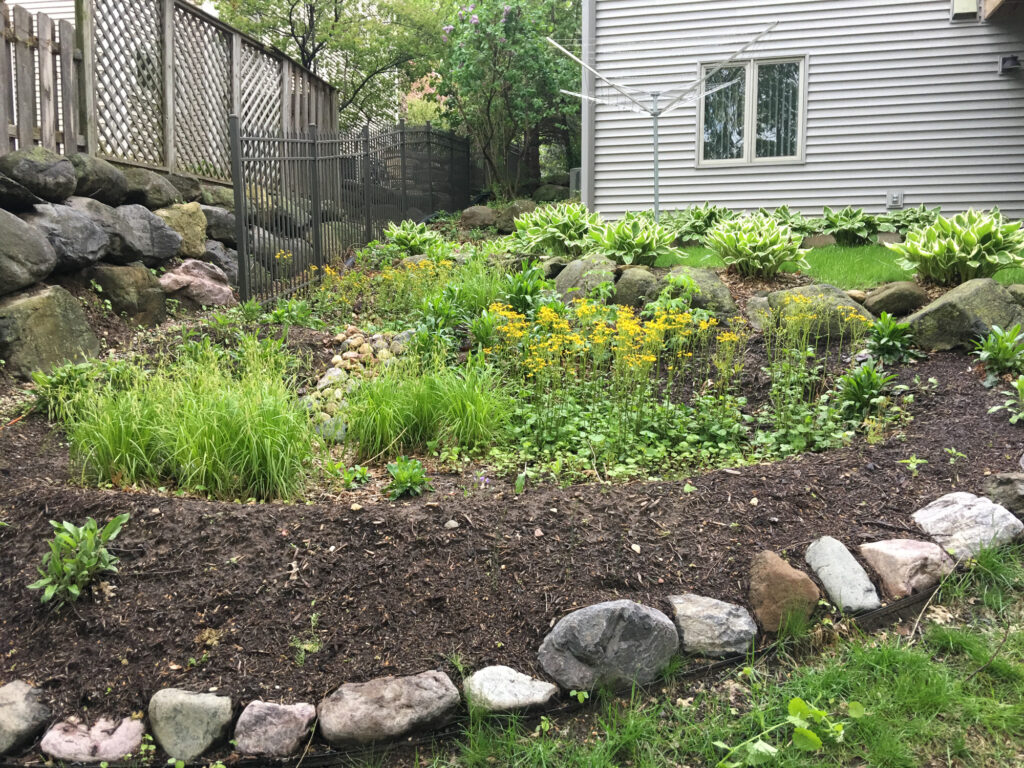
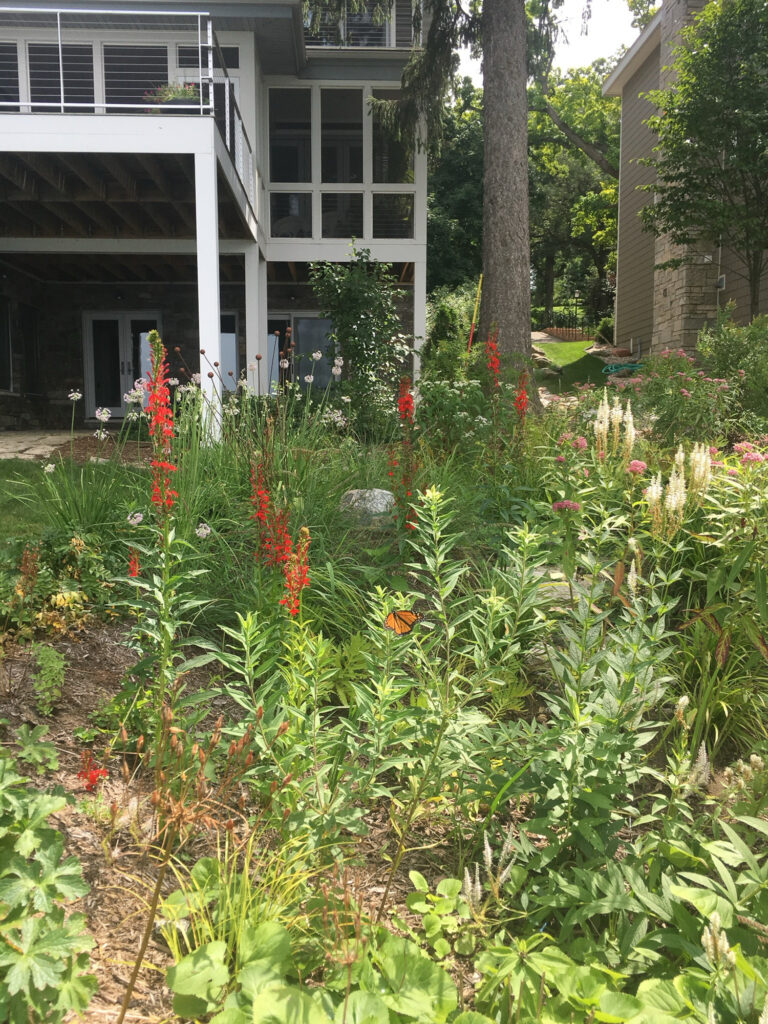
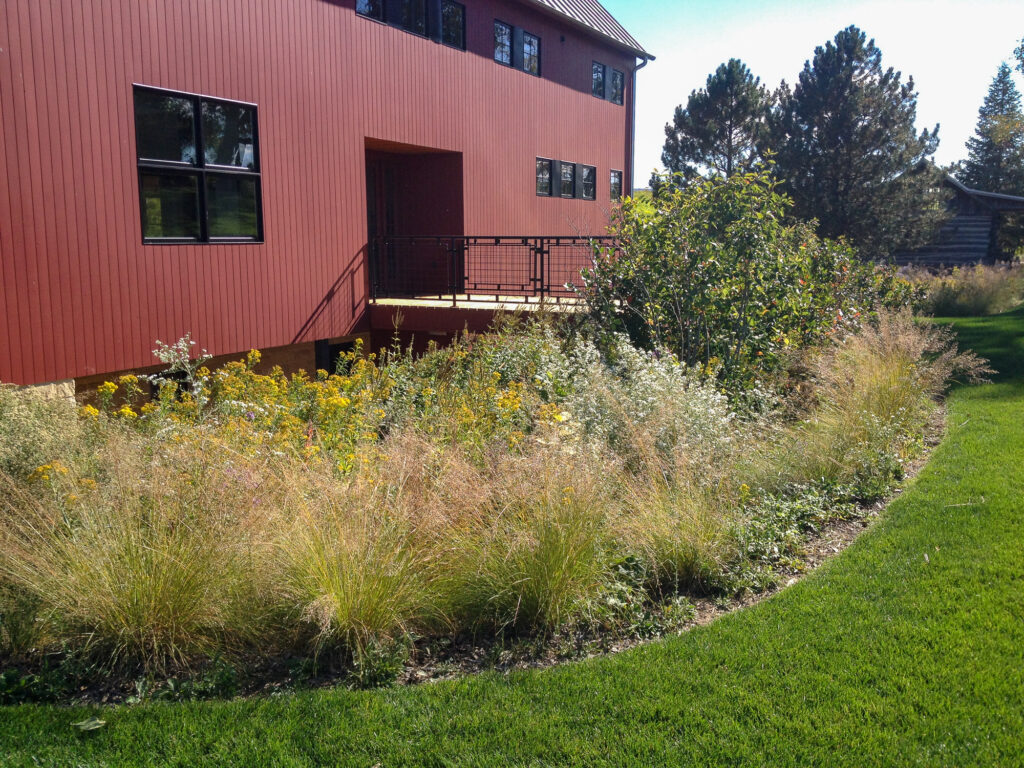
Shoreline Vegetation Restoration
For people lucky enough to live on a shoreline, native perennial plantings can stabilize erosion and act as a buffer, infiltrating runoff before it reaches the lake or stream.
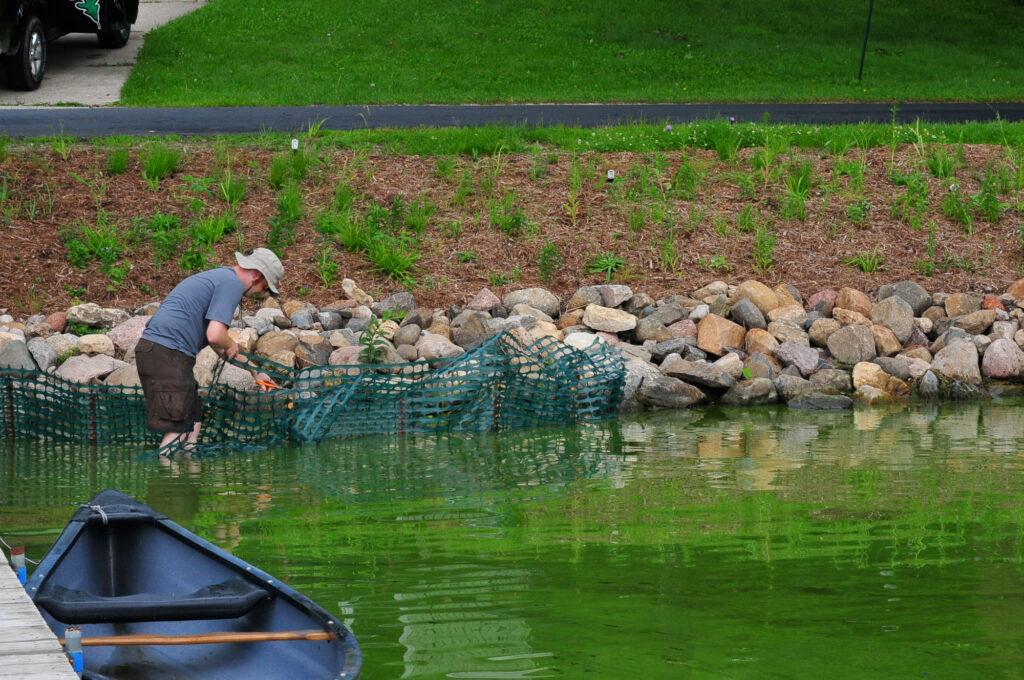
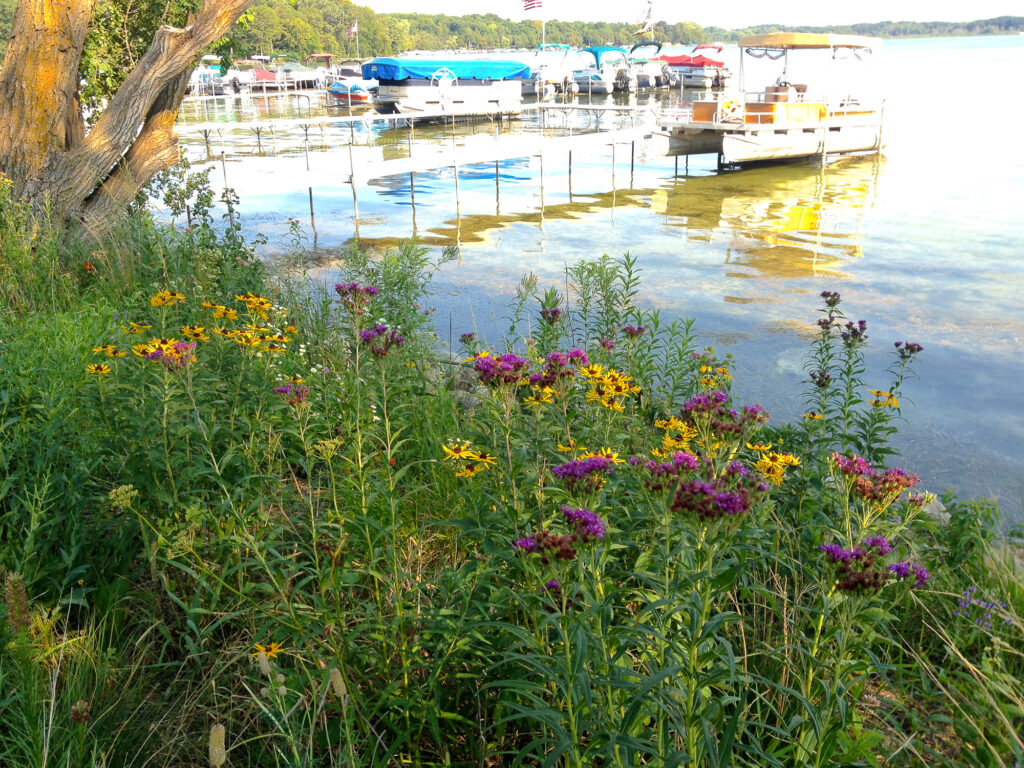
Managing Weeds and Invasive Species
Every property has at least a few, and often a lot, of aggressive weeds. Some of these are invasive species that have arrived on their own. Others are landscaping plants that have gone berserk. I can eliminate these weeds, so that the site can instead be home for lovely native wildflowers!
Functional and Beautiful
A good home or commercial landscape needs to meet the needs of its owner and guests. So I always start with questions like: What do you want out of this project? How you use the site now? and How you might use it in the future?
Clean edges are important to define beds and provide a tidy appearance, and to help manage weeds. I prefer smooth, natural curves to form a landscape, but straight lines have their place to make things a bit more formal, or to provide the most efficient travel routes. Minimal but functional stonework and wood structure can provide pathways, screening, and structure.
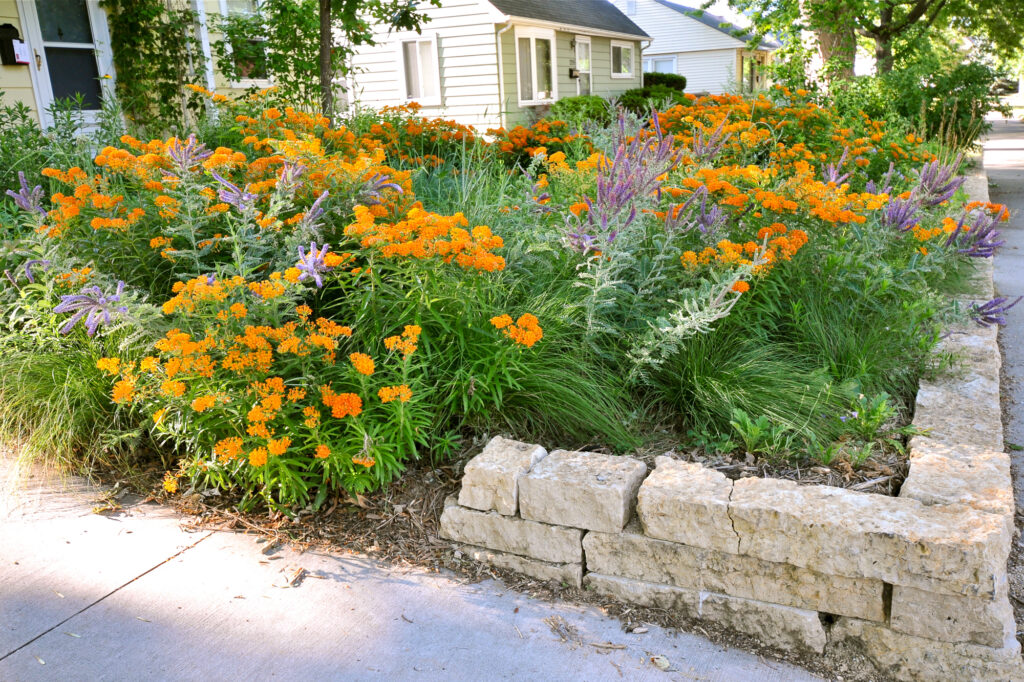
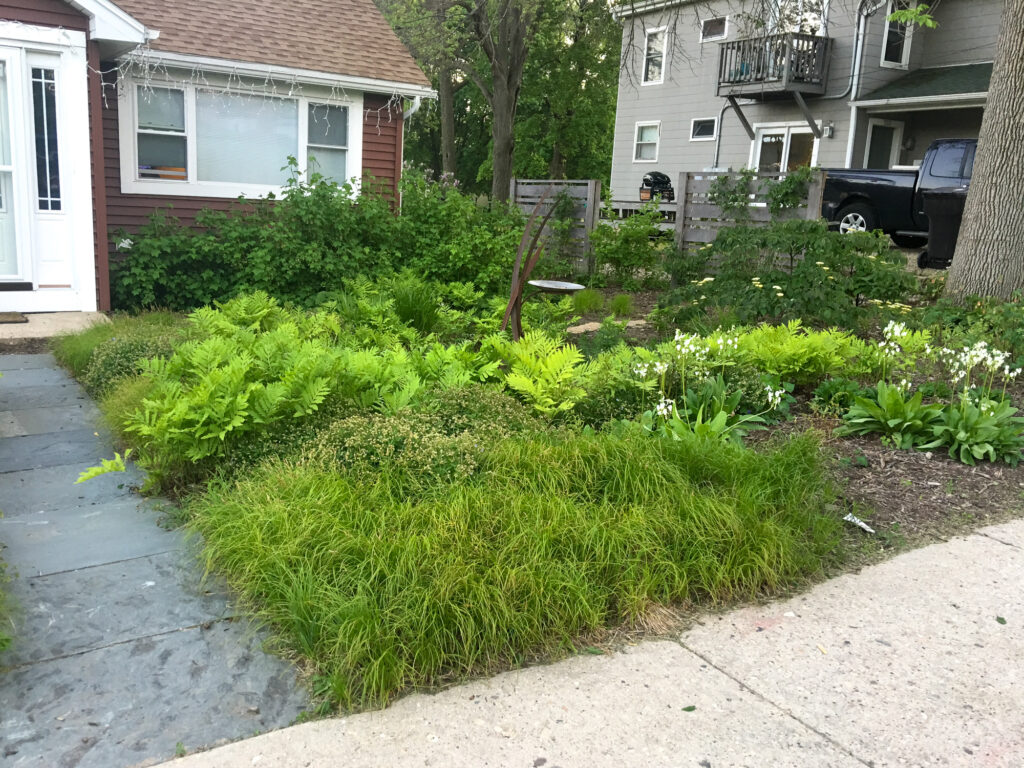
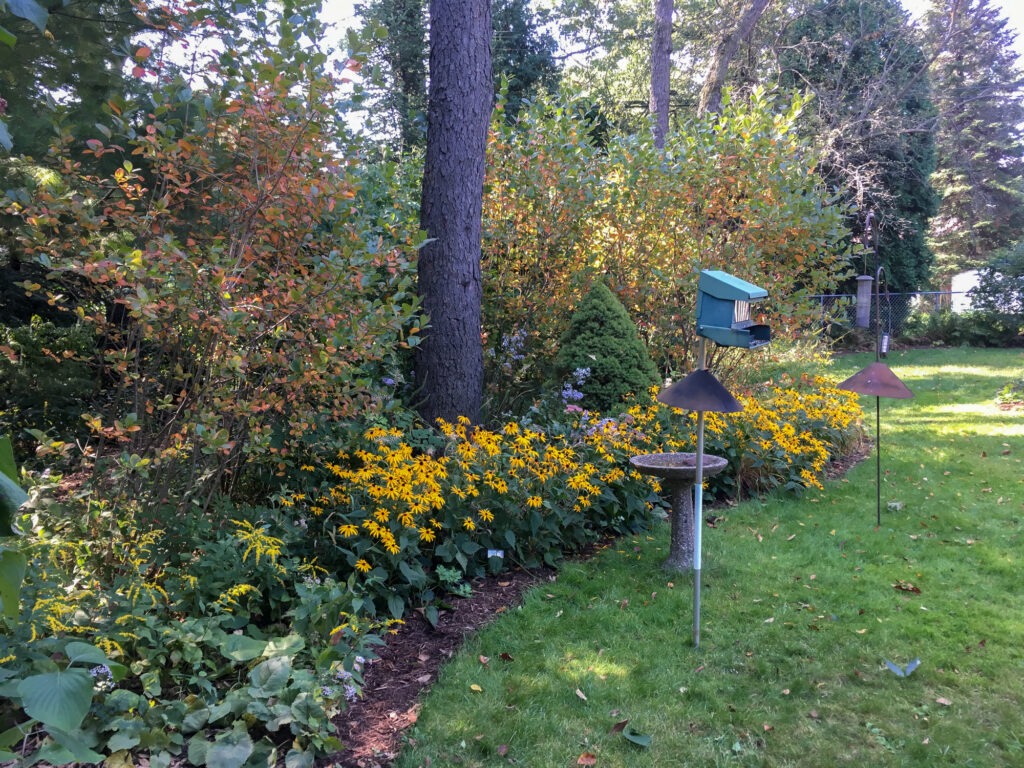
Low (But Not “No”) Maintenance
Native plants are well adapted to our local climate and soils. Once established, they will never need supplemental watering. I will select plants that are best adapted to thrive in your particular site’s conditions. I prefer to plant densely so that the plants can grow together and fill in all the space in the bed, thus minimizing opportunities for weeds to get established.
I’ve been doing just this sort of work for nearly twenty years now. I can either do all the work creating a more sustainable landscape for you, or I can provide plans, plant lists, and guidance for you to tackle it yourself. Please reach out to me so we can get started making your little piece of the planet a better place.
